It’s a common gripe, and one routinely investigated by the national media - the prices charged in supermarket c-stores as opposed to their bigger boxes.
And now Him!’s Convenience Tracking Programme 2013 (CTP), which quizzed 20,000 shoppers as they entered and exited c-stores - including independent c-stores for the first time - has revealed that shoppers are less accepting of the price premium that comes with convenience than ever before.
The annual survey, which focused on product, price, place and people, gives a broad view of the sector from the shopper’s point of view, but it is their views on price that are the most damning.
CTP key findings
- 27 million adults visit a c-store every month
- One million adults visit a c-store per week
- The average c-store shopper visits the same store 190 times a year
- The average visit frequency is 3.6 times a week
- C-store shoppers spend £6.04 per trip and buy 2.8 items
- 14% buy a product on promotion
- 14% make an impulse purchase
- Only 3% of shoppers feel loyal to a particular chain or fascia
- One third of c-store visits are unplanned
- There is one c-store for every 1,250 people
The negative price perception is the number one barrier to top-up shopping and buying lunch-to-go in a c-store and the number two barrier for buying meals-for-tonight, according to CTP. And this goes some way to explaining why although spend per trip increased from £5.63 in 2012 to £6.04 in 2013, basket size remained at 2.8 items and visit frequency fell from 3.7 to 3.6 times a week.
So what can c-stores do on price to attract more shoppers?
supermarkets make no secret of the fact they charge more for products in their convenience stores, arguing that consumers are paying not only for convenience, but the higher shop overheads involved.
Tesco and Sainsbury’s typically charge a few pence more but claim it is difficult to give a like-for-like percentage comparison because product sizes and promotions are different. Morrisons’ M local also charges more, but claims the ‘tilt’ is less than rivals because of its unique supply chain that sees its M locals supplied by a full-sized Morrisons close by. The premium at Waitrose is about 2.5% to 3%. And Asda’s mid-sized Netto conversions charge no premium whatsoever.
According to CTP, shoppers know c-stores charge more than supermarkets, but they don’t think it’s fair. Although 71% of shoppers quizzed say they are “happy to pay a little bit more for convenience”, 40% say they do not think c-stores charge “fair and reasonable prices”.

They are also less accepting of the price premium than ever. CTP found the percentage of people who expect a £1 product in a c-store to also cost £1 in a supermarket rose from 21% in 2012 to 30% in 2013. The most “over-priced” categories were household, fresh meat & fish, health & beauty, fruit & veg, and tinned and packet grocery.
The industry can no longer afford to ignore its negative price perception, believes Him! insights director Katie Littler.
“There are no excuses, because shoppers don’t care about a store owner’s increased costs,” she says.
“People’s perception of what is good value for money changes depending on the type of store they are in and what mission they are on”
Katie Littler, Him!
A poor price perception continues to be the main barrier to UK adults using c-stores - limiting footfall, visit frequency and spend. Shoppers are increasingly expecting prices in convenience to match supermarkets, meaning they will be tougher judges of c-stores.”
The power of supermarkets in the c-store sector means they will always be under greater scrutiny, Littler points out. “Some 33% of shoppers expect supermarket c-stores to charge the same as supermarkets, but only 28% expect symbol stores to charge the same,” she says.
This may explain why symbols rated higher on value for money in this year’s CTP. Symbol stores were rated 8.4 out of 10 on value for money, higher than the 8.1 out of 10 achieved by supermarket-owned c-stores.
Premier ‘best value for money’
Best value for money among symbol operators was Booker’s Premier with a rating of 8.9 out of 10 - trumping the average score for both the discounters (8.5) and variety retailers (8.6).
The value-led chain is well-known for its deal-driven offers and price-marked own-label ranges. The wholesaler is pushing the value message even further following a refresh of the format last month that will now include time-of-day meal deals, ‘mega deal’ promotions and own-label bays.
In sharp contrast to Premier, forecourt c-stores owned by oil companies ranked the lowest value for money in the sector (7.6). “People’s perception of what is good value for money changes depending on the type of store they are in and what mission they are on,” explains Littler. “Expectations may be higher in some channels.”
For those retailers wanting to improve their value-for-money perception, it seems one way to go about it is by offering promotions. CTP found value-for-money ratings improved by 18% for a store if it offered a £1 range or price-marked packs, by 14% if it stocked own-label lines, by 9% if it price-matched and by 6% if value products were available.

Despite this uplift, the percentage of people who said they had bought something on promotion at a c-store remains much lower than in supermarkets or discounters.
For example, in the c-store sector, 31% of shoppers who visited a Co-op store said they had bought a product on promotion - the highest for the sector. In contrast, just 5% of shoppers visiting an indie c-store said they had bought something on promotion. This is against a formidable 44% at Aldi, and 41% at Asda. Shoppers clearly want promotions from their local c-store - 22% say they have used a voucher in the store, and 40% want the c-store to offer more coupons. But promotions come with a health warning, says Littler.
“Promotions must be solution-driven and relevant to a specific customer base”
Katie Littler, Him!
“An increased number of random promotions will not improve overall price image,” she warns. “Promotions must be solution-driven and relevant to a specific customer base. Can c-stores offer an ongoing or permanent flexible promotion - a choice of one or two like milk and bread - almost like a meal deal, but across multiple categories, not just food to go?”
Promotions are making a bigger impact within convenience and more shoppers are buying into them than five years ago, but c-stores need to do more to claw back the crucial top-up shopper from the clutches of the supermarkets and discounters.
“This has to be a priority,” concludes Littler. “It doesn’t mean everyone must reduce prices - it means the perception needs to be addressed and there needs to be greater communication of this to the shopper.”




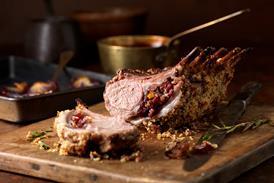



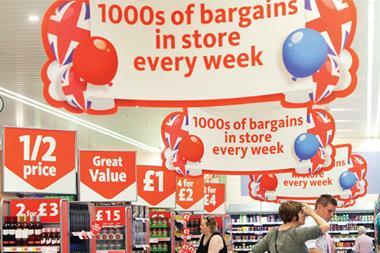
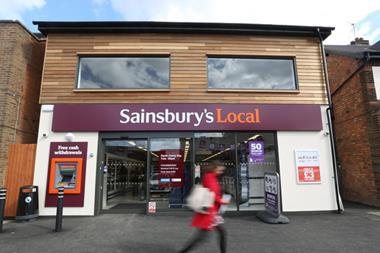
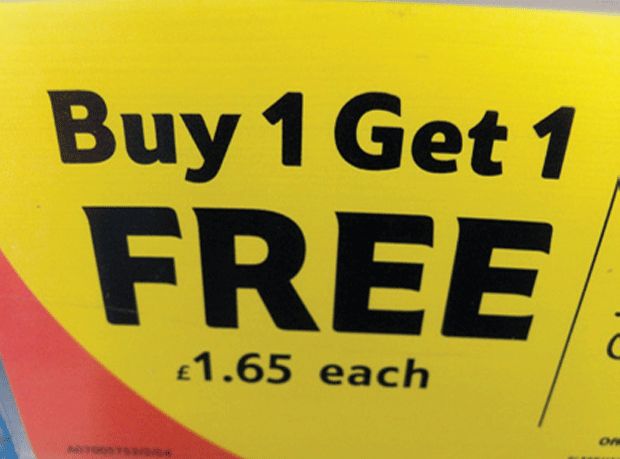
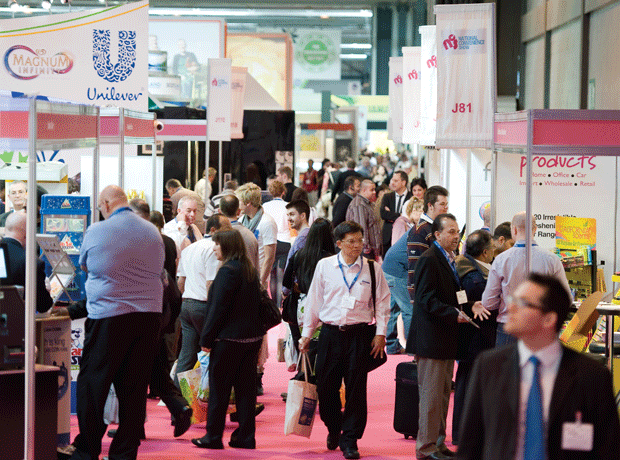






No comments yet